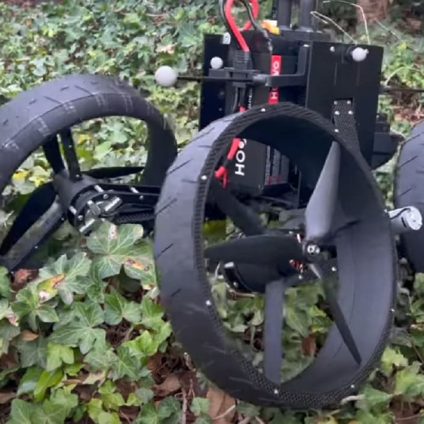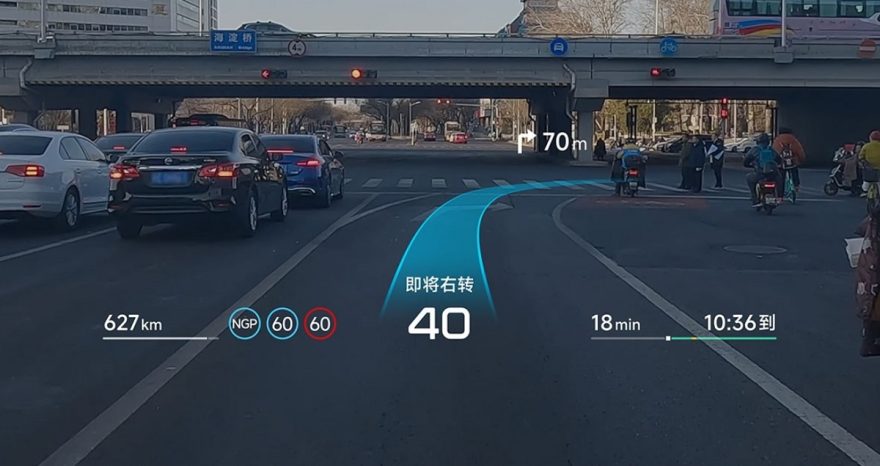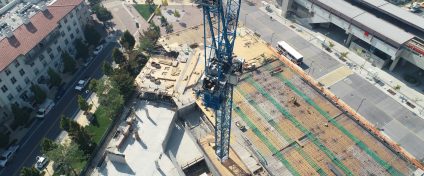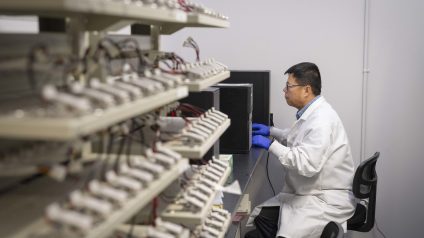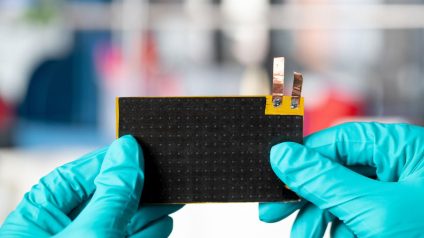A prototype robot capable of flying like a drone and then transforming mid-air into a wheeled robot
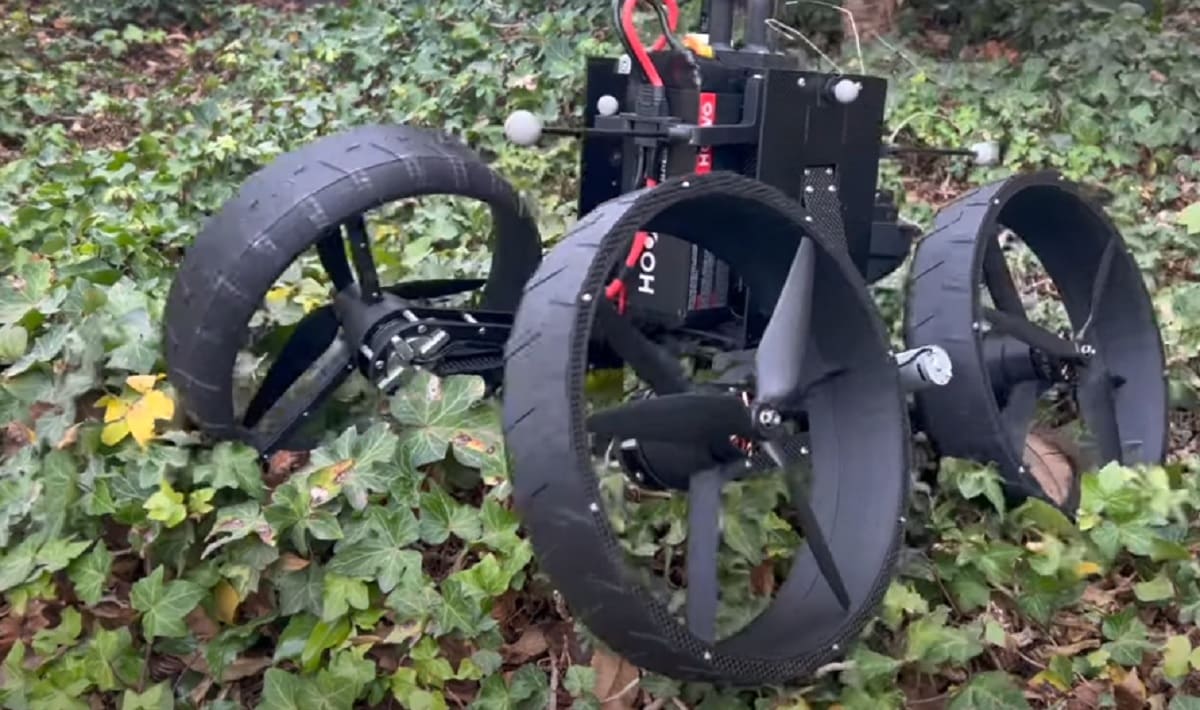
Transformer robot Morphobot takes flight and hits the road
The era of Transformer robots has officially begun. It’s not science fiction anymore, it’s called Morphobot. Developed by engineers at Caltech, this experimental robot-drone can seamlessly switch between flying and driving. Like the iconic Japanese anime, Morphobot performs dual functions: it flies like a drone, then lands and drives on four wheels using the same components that once kept it airborne.
Though still in the early phases of development, Morphobot already represents a remarkable engineering achievement. Caltech has released a video demonstrating the robot’s capabilities in action.
Equipped with built-in intelligence, the Morphobot transforms mid-air from a flying drone to a four-wheeled ground robot. Officially named ATMO, short for Aerially Transforming Morphobot, it uses four thrusters for lift. When it lands, those thrusters’ protective covers rotate to become wheels. The entire transformation is driven by a single motor that activates a central joint, raising the thrusters for flight or lowering them for ground mobility.
A world-first robotic project
Caltech researchers detailed the Morphobot and its advanced control system in the journal Communications Engineering. “We designed and built a new robotic system inspired by nature, by the way animals adapt their bodies for different types of movement,” said Ioannis Mandralis, a Caltech aerospace graduate student and lead author of the study.
Mandralis explained that birds served as the primary inspiration: they fly, then reshape their bodies to slow down and avoid obstacles. “The ability to transform mid-air opens up new possibilities for autonomy and resilience,” he noted.
But transforming in mid-air is no small feat. It involves complex aerodynamic forces, especially near the ground and during shape-shifting transitions. “Although it looks simple when a bird lands and takes off, this is a challenge aerospace engineers have wrestled with for over 50 years,” said Hans W. Liepmann Professor of Aeronautics and Medical Engineering, Mory Gharib, Ph.D.
Tackling extreme aerodynamic forces
All flying vehicles are affected by turbulent forces near the ground. Take helicopters: when they descend, the downwash they produce bounces off the ground and can create a vortex that lifts the aircraft unintentionally, potentially destabilizing it.
For ATMO, the challenge is even more intense. The robot not only operates close to the ground but also features four thrusters, each generating variable pressure. This creates constant turbulence and instability during landing and transformation.
To better understand these forces, researchers conducted load-cell experiments to measure how Morphobot’s configuration changes impacted thrust. They also used smoke visualization tests to map the airflow and pinpoint the turbulent behaviors that affect landing dynamics.
Algorithms that anticipate the future
These findings were integrated into a predictive control algorithm designed for ATMO. The system is based on Model Predictive Control (MPC), a sophisticated approach that continuously forecasts future behaviors and adjusts in real time to stay on course.
“This control algorithm is the core innovation of the project,” said Mandralis. “Quadrotors normally rely on specific controllers tailored to their thrust placement and flight model. But here, we introduce a dynamic system never explored before. As soon as the robot begins to transform, it triggers new dynamic interactions, different forces acting on each other. The control system must be able to respond immediately.”


